WYOMING SNOW REPORT
Last Updated: January 2, 2026
Snowpack levels across the state are currently 88% of normal. The deepest snowpack in Wyoming was last observed at Two Ocean Plateau with a snowpack depth of 70”, about 128% of normal when compared to it's 55" average depth for this time of year. Wyoming's snowpack remains robust, particularly at higher elevations with Beartooth Lake and Grand Targhee reporting depths of 55 and 60 inches respectively. Upcoming forecasts show promise for snow enthusiasts, with Grassy Lake expecting 22 inches. Caution is urged, however, due to recent avalanches in the Tetons.
Wyoming Snowpack Map
Explore real-time snowpack depths across Wyoming.
Winter Storm Warnings
January 2 2026
CENTRAL LARAMIE RANGE AND SOUTHWEST ...
NORTH SNOWY RANGE FOOTHILLS
SOUTH LARAMIE RANGE
Avalanche Conditions
Wyoming Ski Area Forecast
Next 5 Days
Wyoming Snow Report FAQs
How often is this report updated?
Daily from SNOTEL and NOAA sources.
What are snowpack levels in Wyoming like right now?
Snowpack levels across Wyoming are approximately 88.0% of normal compared to previous years.
Where is it coldest in Wyoming right now?
Old Battle is experiencing frigid temperatures of 26°.
Where in Wyoming will get the most snowfall this week?
Grassy Lake is expected to receive up to 22" of more snowfall over the next 5 days.
Where is the most snow in Wyoming today?
Currently at Two Ocean Plateau with 70".

 Big Horn Ski Resort
Big Horn Ski Resort
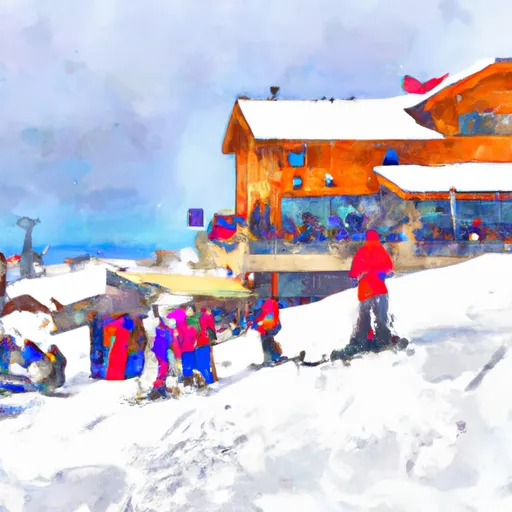 Grand Targhee Ski Resort
Grand Targhee Ski Resort
 Hogadon Ski Area
Hogadon Ski Area
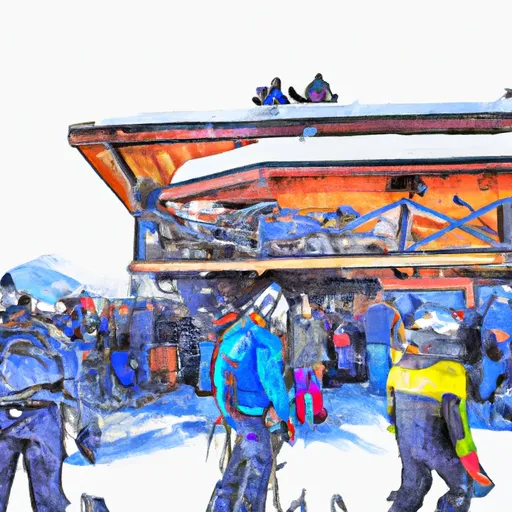 Jackson Hole Mountain Resort
Jackson Hole Mountain Resort
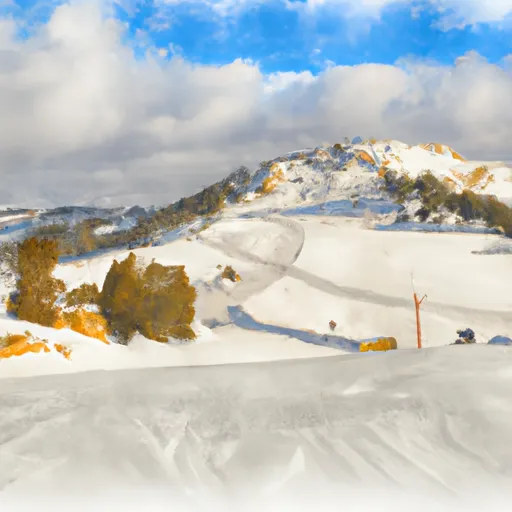 Pine Creek Ski Area
Pine Creek Ski Area
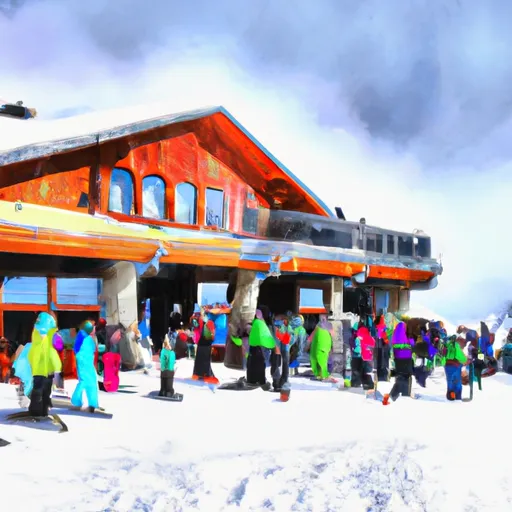 Sleeping Giant Ski Area
Sleeping Giant Ski Area
 Snow King Ski Area
Snow King Ski Area
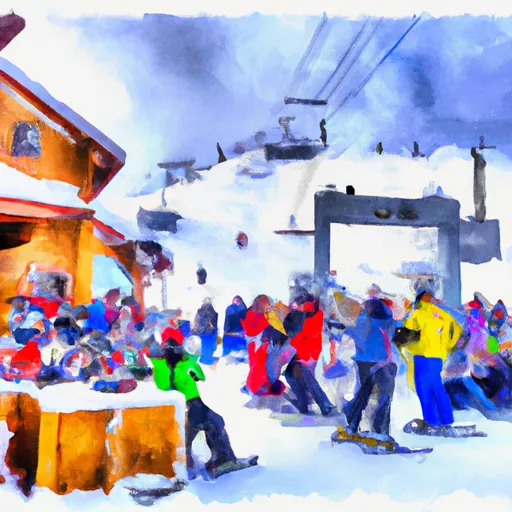 Snowy Range
Snowy Range
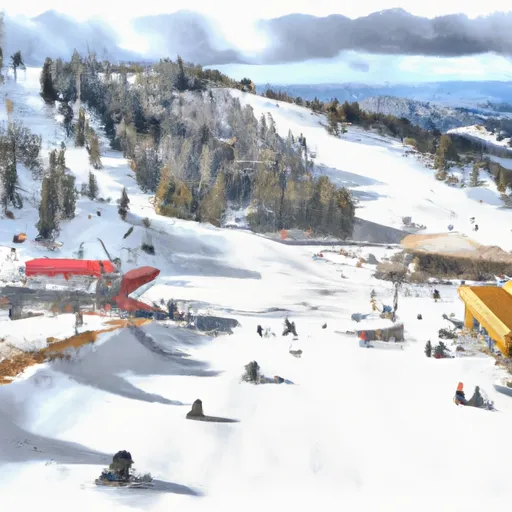 White Pine Ski Area
White Pine Ski Area